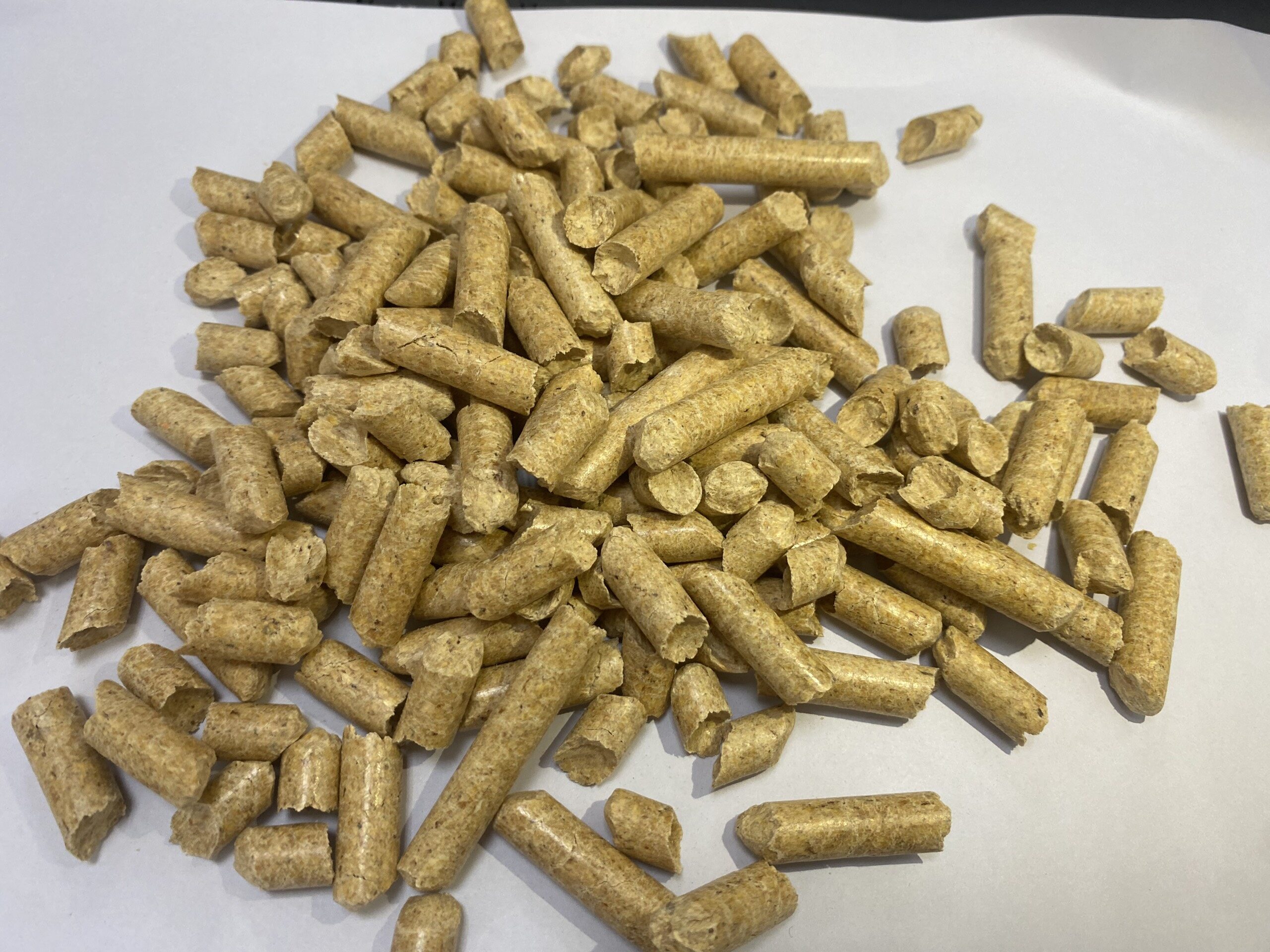Introduction
Selecting the right pine wood pellets for horse bedding can make a significant difference in stable management and horse comfort. With numerous options available on the market, it’s essential to understand what factors to consider to ensure you choose the best pine wood pellets for your needs. This article provides a comprehensive guide on how to select high-quality pine wood pellets, including considerations for pellet size, absorbency, source and sustainability, packaging, and overall value.

1. Pellet Size and Density
Size Matters
Pine wood pellets come in various sizes, and choosing the right size is crucial for effective bedding. Typically, pellets are available in standard sizes ranging from 6mm to 8mm in diameter. Smaller pellets tend to break down into finer particles, which can provide a softer bedding surface, while larger pellets may offer more durability and less dust. The choice between sizes depends on your specific needs, including the type of horse, the stall conditions, and personal preferences.
Density and Compression
The density of the pellets affects their absorbency and performance. Higher-density pellets are generally more absorbent and durable, meaning they can handle more moisture and last longer before needing replacement. When evaluating pellet density, consider the compression level used during the manufacturing process. Well-compressed pellets will have a uniform size and density, leading to consistent performance and easier handling.
2. Absorbency and Moisture Control
Absorbency Testing
One of the key factors in choosing pine wood pellets is their absorbency. High-quality pellets should absorb several times their weight in moisture, keeping the stall dry and reducing the risk of health issues. To test absorbency, you can compare product specifications or reviews. Look for pellets that promise high absorbency rates and conduct your own tests if possible to ensure they meet your standards.
Moisture Control
Effective moisture control is essential for maintaining a clean and dry stall environment. Good pine wood pellets should not only absorb moisture but also manage and distribute it efficiently. This helps prevent the buildup of dampness and unpleasant odors. Opt for pellets with positive customer feedback regarding moisture control to ensure they perform well in maintaining a dry and comfortable bedding area.

3. Source and Sustainability
Sourcing and Manufacturing
The source of the wood used in the pellets is important for quality and environmental reasons. Choose pine wood pellets made from sustainably managed forests or wood byproducts from reputable sources. Sustainable forestry practices ensure that the wood is harvested responsibly and supports ecosystem health. Look for certifications or information from the manufacturer about their sourcing practices to ensure that the pellets align with environmental standards.
Biodegradability and Composting
Pine wood pellets are typically biodegradable and compostable, making them an environmentally friendly choice. However, the quality of biodegradability can vary. Ensure that the pellets decompose naturally and can be composted effectively. This contributes to reducing landfill waste and supports sustainable waste management practices. Check the product information or reviews for details on the pellets’ composting properties.
4. Packaging and Handling
Packaging Quality
The packaging of pine wood pellets affects their storage, handling, and overall quality. Look for pellets that come in sturdy, moisture-resistant bags to prevent damage during storage and transportation. Proper packaging helps maintain the pellets’ quality and ensures they are free from contamination. Ensure that the packaging is easy to handle and store, especially if you have limited space in your stable.
Storage Considerations
Consider how the pellets are stored before use. Ideally, they should be kept in a dry, cool place to prevent them from absorbing moisture prematurely. Proper storage helps maintain the effectiveness of the pellets and extends their shelf life. Evaluate packaging and storage recommendations provided by the manufacturer to ensure that the pellets remain in optimal condition until use.
5. Value and Cost-Effectiveness
Cost Comparison
While cost is an important factor, it should be considered in conjunction with the quality and performance of the pellets. Higher-priced pellets may offer better absorbency, durability, and overall performance, which can lead to cost savings in the long run. Compare the cost per unit of absorbency and the frequency of replacement needed to assess the overall value. Consider the long-term benefits and savings when evaluating the cost of pine wood pellets.
Customer Reviews and Feedback
Reading customer reviews and feedback can provide valuable insights into the performance and quality of pine wood pellets. Look for reviews from other horse owners and stable managers who have used the pellets. Positive feedback on aspects such as absorbency, moisture control, and overall satisfaction can help guide your decision. Pay attention to any recurring issues or concerns mentioned in reviews to avoid potential problems.
Conclusion
Choosing the best pine wood pellets for horse bedding involves evaluating several factors, including pellet size, absorbency, source and sustainability, packaging, and overall value. By considering these factors, you can ensure that you select high-quality pellets that meet your needs and contribute to effective stable management. High-quality pine wood pellets offer excellent absorbency, odor control, and durability, improving the comfort and health of your horses while supporting environmentally friendly practices. Make an informed choice by researching products, reading reviews, and assessing the overall value to find the ideal pine wood pellets for your stable.
